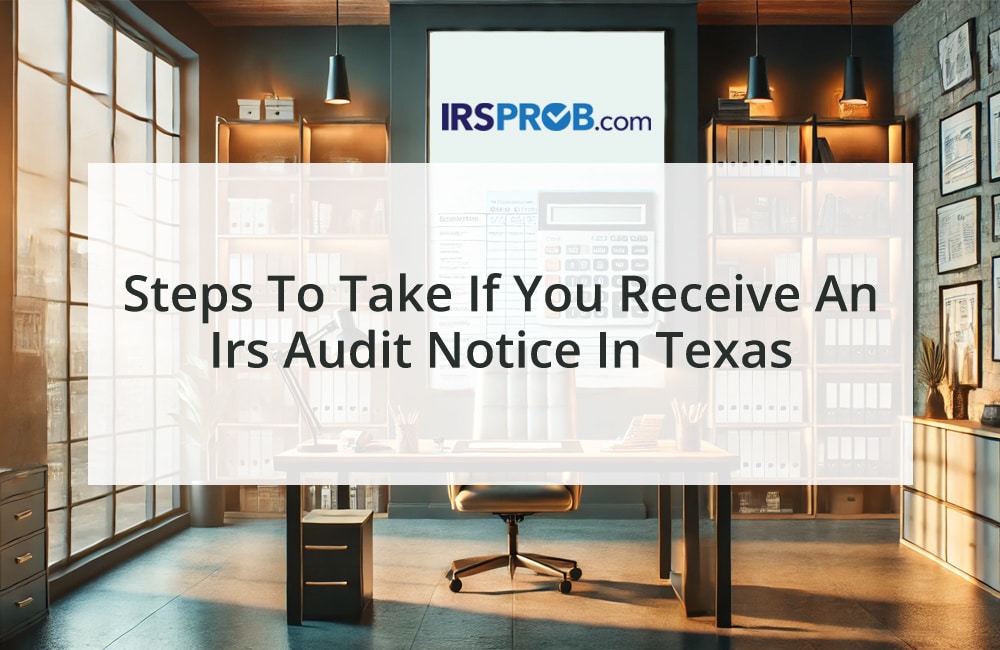As a business owner, it’s crucial to navigate the complex landscape of self-employment taxes, especially if you’re an active limited partner in a partnership. While limited partnerships offer certain tax advantages, recent IRS rulings and court decisions are tightening the reins on who qualifies for these benefits.
The Limited Partner Exception to Self-Employment Taxes
Self-employment taxes can significantly impact your earnings. In 2024, the Social Security tax is 12.4% up to an annual income ceiling of $168,600, and the Medicare tax is 2.9% on all self-employment income. This means you face a 15.3% tax up to the ceiling, and 2.9% beyond that. Additionally, single taxpayers with net earnings over $200,000, or married couples filing jointly with earnings over $250,000, must pay an extra 0.9% Medicare tax on earnings above these thresholds, making it a total of 3.8%【IRS Publication 334】.
For general partners, self-employment taxes apply to their share of the partnership’s ordinary income and any guaranteed payments they receive. However, the rules for limited partners are different. Limited partners, whose liability is limited to their investment, historically haven’t had to pay self-employment taxes on their share of the partnership’s profits【IRS Code Section 1402(a)(13)】.
Changes in Limited Partnership Laws
The original tax code required limited partners to be passive investors to avoid self-employment taxes. However, the Revised Uniform Limited Partnership Act of 2001 allowed limited partners to participate more actively without losing their liability protection. Many states, like Delaware, amended their laws to reflect this change【Revised Uniform Limited Partnership Act】.
Despite these changes, the IRS and courts are clarifying that simply being a limited partner under state law isn’t enough to avoid self-employment taxes. The recent U.S. Tax Court decision in Soroban Capital Partners LP v. Commissioner illustrates this point. The court ruled that active participation in the partnership’s business makes limited partners liable for self-employment taxes, regardless of their state-defined status【Soroban Capital Partners LP v. Commissioner, T.C. Memo 2023-64】.
Implications for Business Owners
The key takeaway from these developments is that business owners can’t rely on the limited partner status alone to avoid self-employment taxes if they are actively involved in their partnerships. The court’s focus on a functional analysis—evaluating the actual role and participation of the partner in the business—means that active involvement could trigger self-employment tax liabilities.
What Should Business Owners Do?
To minimize self-employment taxes, consider structuring your business as an S corporation. In an S corporation, you can receive distributions that are not subject to self-employment taxes, although reasonable compensation paid to shareholder-employees is still subject to Social Security and Medicare taxes【IRS Code Section 1361】.
Key Takeaways
- Limited partners “as such” don’t have to pay self-employment tax on their distributive share of partnership income.
- The Tax Court has ruled that qualifying as a limited partner under state law isn’t enough to avoid self-employment taxes.
- Active involvement in a partnership’s business can subject limited partners to self-employment taxes.
- The IRS is prioritizing new regulations that will likely include a functional analysis to determine limited partner status for self-employment tax purposes.
As a business owner, staying informed and consulting with IRSProb.com can help you navigate these changes and make strategic decisions to minimize your tax liabilities.








